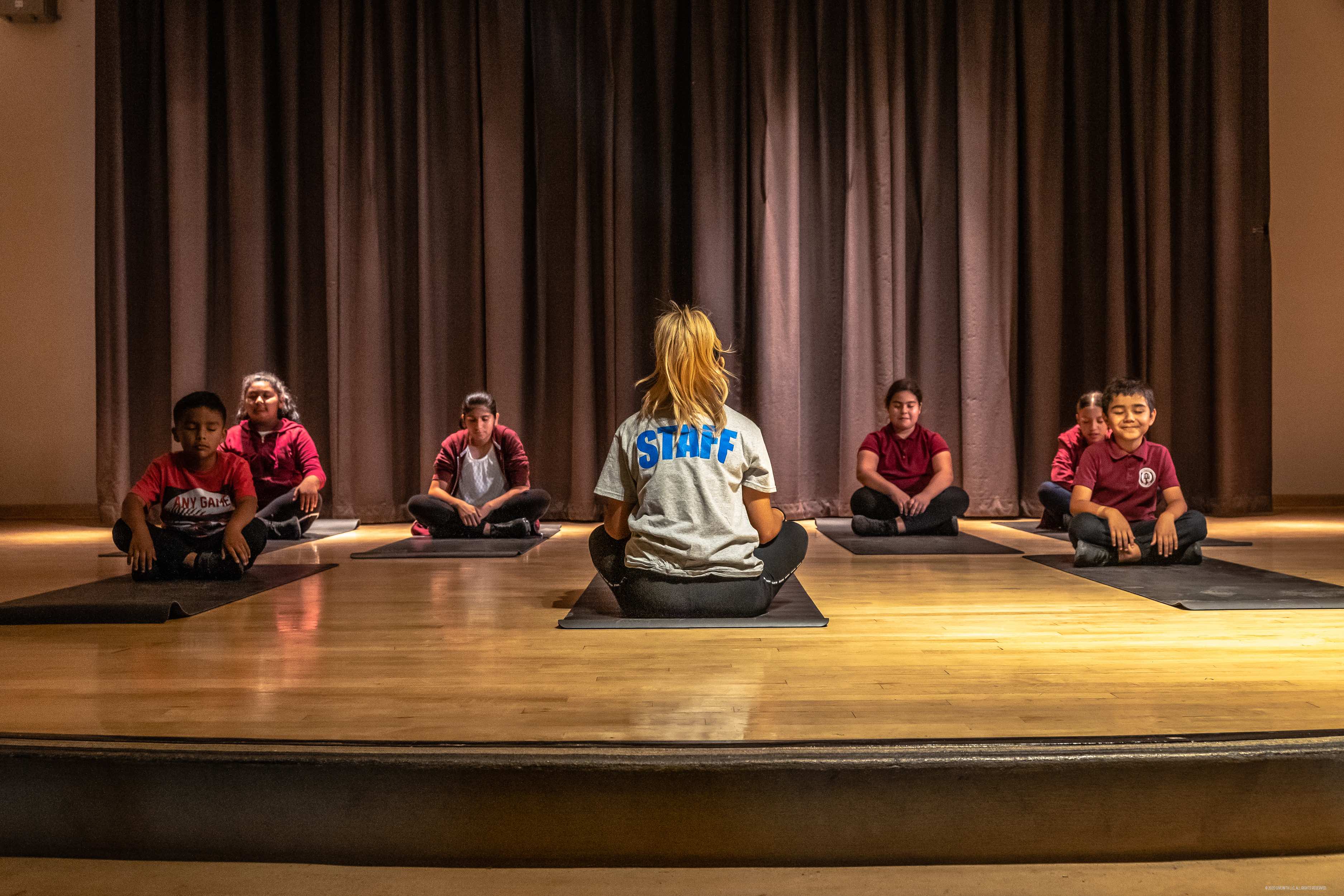Tiffany Berry, PhD & Michelle Sloper, PhD
Claremont Evaluation Center,
Claremont Graduate University
Corey Newhouse, MPP
Public Profit
EXECUTIVE SUMMARY
Today, California operates the largest and most robust expanded learning infrastructure in the nation. California’s expanded learning programs seek to enlighten, inspire, and engage young people before and after school, during inter-session, and in summer so they can build essential skills needed for success in life. Proposition 49, which passed in 2002 and was implemented in 2006, dedicated an estimated $6.77 billion dollars to support school-based expanded learning programs across the state. On the 20th anniversary of Proposition 49 passing in California, we reflect on what California’s expanded learning programs have achieved, what gaps remain, and where California should go in the future.
KEY FACTS & FINDINGS
Expanded Learning Programs Are Good for Communities
Expanded learning programs are a win-win for communities. They help working families and keep kids safe and engaged in the hours between 3-6pm. When communities invest in expanded learning, they get their money back over time. Research examining the costs and benefits of expanded learning programs estimate significant, positive, and long-term net savings. Reports suggest that the estimated cost savings for our society ranges from $9-$16 per dollar spent on expanded learning opportunities. Studies suggested that estimated benefits were primarily driven by reductions in criminal behaviors and the associated costs of legal fees and incarceration.
Return-on-Investment Benefits:
- Improved school performance and high school graduation
- Reduced criminal behaviors and associated costs
- Reduced teen pregnancy and birth rates
- Less substance use/abuse
- Improved health outcomes (e.g., heart disease, diabetes)
- Less reliance on social programs
- Increased lifetime earnings
California Leads the Nation in Public Support for Expanded Learning
Thanks to funding enabled by Proposition 49, California invests $650 million a year in state funds to support free or low-cost expanded learning programs across the state. California invests more in expanded learning than the other 49 states combined, a central part of the Golden State’s commitment to supporting kids and families.
In 2021, California deepened its commitment to kids and families through the creation of the Expanded Learning Opportunities Program (ELO-P), which allocates an additional $5 billion to support expanded learning programs for every elementary and middle school in the state. Coupled with the momentum supporting universal access in California, in July 2022, U.S. Department of Education Secretary Cardona launched the Engage Every Student Initiative to increase youth access to expanded learning programming nationwide.
This investment extends beyond dollars. The California Department of Education collaborates with a broad coalition of practitioners and intermediaries on strategic planning, professional development, and technical assistance to ensure the field delivers high-quality programs, embeds a continuous quality improvement approach to evaluation, and nurtures the development of the whole child through engagement and learning.
Hundreds of Thousands of California Families Benefit from Expanded Learning Programs
Proposition 49 led to a seven-fold increase in the number of California schools with free or low cost expanded learning programs since they were initially publicly funded in 1999. Today, 4,500 schools across the state host a free or low cost expanded learning program, which keeps hundreds of thousands of California kids safe and engaged afterschool.
High-quality expanded learning programs promote embedded learning at all times – in the experiences youth have, in the relationships they develop, and in the activities they engage in – helping them thrive academically, physically, socially, and emotionally. Available evidence shows that California’s kids are doing better since the early 2000s, which reflects the variety of investments the state has made in children and families, including in expanded learning opportunities.
Since the early 2000’s, California’s youth are …
- More likely to graduate from high school (and less likely to dropout)
- More likely to complete the A-G requirements giving them access to the state’s public colleges/universities
- More likely to be in good physical health
- Less likely to be arrested or incarcerated
- Less likely to become pregnant as a teen
- Less likely to be disconnected from school and work
- More likely to avoid drinking and smoking tobacco
Despite progress, many racial/ethnic disparities remain, including graduation/dropout rates, A-G requirement completion, arrest and incarceration rates, and disconnection, favoring White and Asian youth over Black and Latino/a/x youth. Expanded learning programs should engage in culturally responsive practices shown to improve outcomes for marginalized youth.
Broad access to expanded learning programs helps families, too. When kids can attend free or low-cost expanded learning programs it’s easier for their parents to work or to go to school, and to save their hard-earned money for other essentials. Research shows that parents are less stressed when their child has access to expanded learning opportunities between 3-6pm, making it easier to engage in the workforce.
Kids in California’s Expanded Learning Programs Have Stronger Connections to School & Attend School More Often
Young people who regularly attend high quality expanded learning programs feel more connected to their peers, to caring adults, and to their schools. These connections are linked to many positive outcomes, including stronger academic behaviors and outcomes, stronger personal skills like getting along with others, and reduced likelihood of engaging in risky behaviors.
Regular attendance at school is a passport to success for young people, and participation in expanded learning is associated with more regular school attendance. Studies reported that young people in Proposition 49 funded expanded learning programs attend school more often than similar students, which translates to more learning time for kids, and more funding for schools.
In 2018-2019, kids who attended publicly funded expanded learning programs in elementary and middle school attended school about 2 more days, on average, than their peers. High school-aged participants attended school about 5 more days than similar students. These additional days can yield several million dollars in additional attendance-based funding for schools.
Expanded learning programs should continue to seize all opportunities for learning across the multiple settings in which youth are embedded and advocate for policies that acknowledge the integration and value of all developmental domains.
A Call to Action: Sustained Access to High-Quality Expanded Learning Programs is Key to the California’s Future
As access continues to expand with the new $5-billion-dollar investment, the Expanded Learning Opportunity Program (ELO-P), California must continue to expand access while sustaining program quality. Promoting program quality at scale will be challenging yet is critical for ensuring the youth and families benefit.
To reach the promise of expanded learning statewide, we must develop better systems for recruiting, retaining, and supporting high-quality staff. California’s expanded learning programs must offer livable wages and benefits to maintain both full-time and part-time positions and invest in meaningful training and professional development to ensure staff members feel prepared and supported in their work with youth. Further, to track the progress of this expansion, we need better state-level data collection systems to monitor, report, and use data to drive continuous quality improvement.
As the future of expanded learning unfolds, it will be necessary for all those working in the youth development sector to collaborate and innovate to build comprehensive systems of support for enhancing engagement, expanding learning, and bolstering academic, social-emotional, behavioral, and health outcomes for all of California’s youth.


